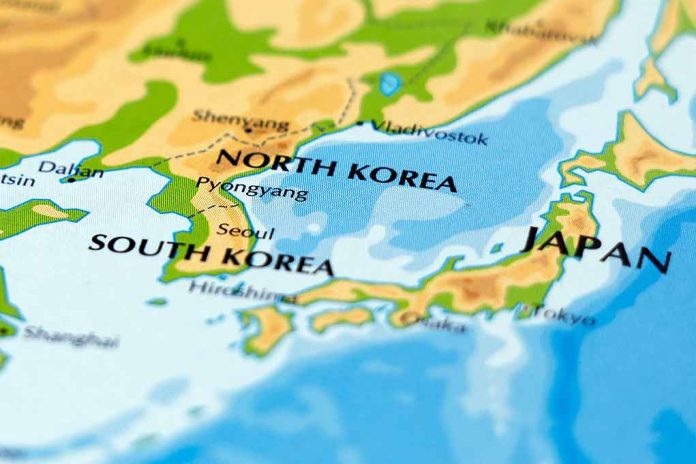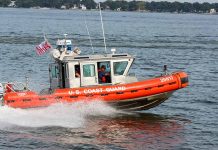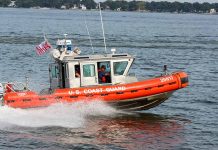
A misunderstanding between pilots resulted in a fatal accident at Tokyo’s Haneda Airport, prompting significant recommendations for aviation safety.
At a Glance
- Human error and pilot miscommunication were key factors in the collision.
- Five crew members from the Coast Guard plane perished in the incident.
- The Japan Transport Safety Board recommends improved communication protocols and warning systems.
- Ongoing investigations aim to prevent future collisions.
Fatal Collision at Haneda Airport
A tragic incident at Tokyo’s Haneda Airport led to the loss of five crew members on a Japan Coast Guard aircraft after it collided with a Japan Airlines passenger jet. All 379 passengers and crew on the Japan Airlines Airbus A350 survived, managing to evacuate before the plane caught fire. The mishap stemmed from the Coast Guard pilot mistakenly believing he had clearance to enter the runway.
The Japan Transport Safety Board released a report highlighting the roles of pilot misinterpretations and communication errors. “Investigators found multiple human errors to be the primary cause of the fatal collision,” said the JTSB. Critical miscommunications between the crew and air traffic control were identified as contributing factors, leading to measures aimed at strengthening communication protocols and warning systems.
Key Findings from the Investigation
The Japan Transport Safety Board’s investigation revealed several human errors at play. Distraction on the part of the air traffic controller resulted in the Coast Guard aircraft entering the runway unnoticed. Limited visibility also prevented the Japan Airlines flight crew from recognizing the Coast Guard plane on the runway. Both aircraft erupted in flames following the accidental collision.
“A collision between a Japan Airlines plane and a Japanese Coast Guard aircraft at a Tokyo airport a year ago appears to have been the result of multiple instances of human error,” noted government investigators.
Adding to the confusion, the Coast Guard pilot misinterpreted air traffic control instructions, thinking there was clearance for takeoff due to their earthquake relief mission’s urgency. This misconception was compounded by his priority clearance assumption, a factor that exacerbated the runway incursion.
Improvements and Future Considerations
The Transport Ministry has introduced measures to improve pilot communications and enhance warnings for runway incursions. These steps, as part of the ongoing investigation, will include further evaluations aiming for clearer instructions and reinforced alert systems to prevent similar occurrences. A final report will incorporate thorough analysis and additional recommendations.
This incident underscores the importance of precise communication in aviation. Thorough protocol audits and technology enhancements stand as vital safeguards against future tragedies at busy airports like Tokyo’s Haneda.
Sources
1. Human Error Cited for Collision of Two Planes at Tokyo Airport
2. Human Error Blamed For Fatal Haneda Airport Collision









